I thought I would post some pictures of this fine Colt that went to War 100 years ago this summer. Carried by Major soon to be Lieutenant Colonel LT McLaughlin. He deployed with the 39 Bn CEF and subsequently served in the 2nd Bn Eastern Ontario Regiment. By wars end he was a highly decorated officer being awarded the CMG, the DSO with 2 bars, 4 MIDs amongst others.
The revolver is in fantastic condition with a 1915 Manufacture date still in the original .455 calibre. The holster that he carved his initials on is 1916 dated so it may have been a replacement at some point in the war.
Enjoy
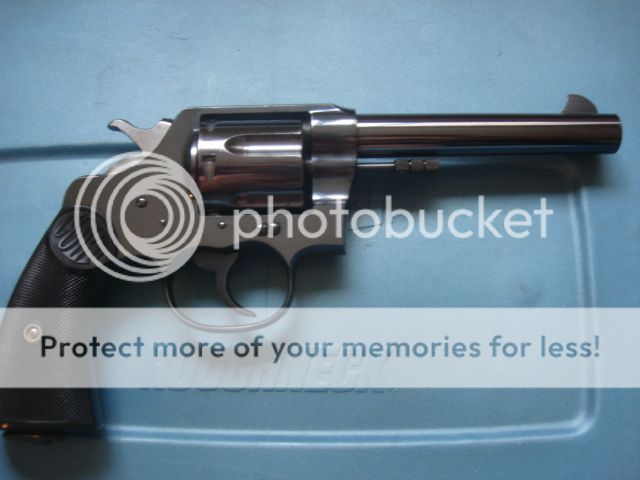
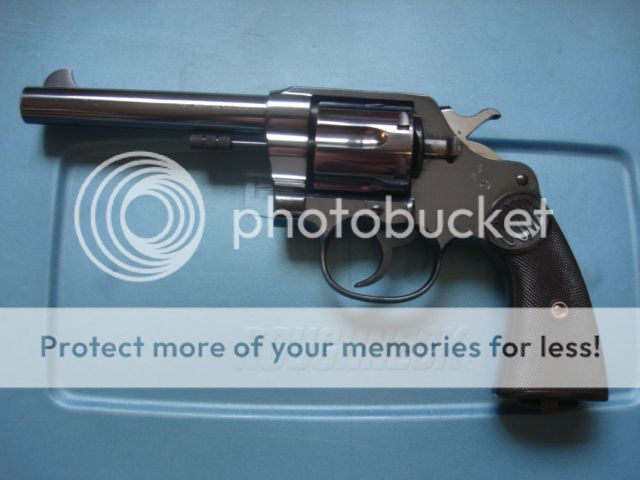
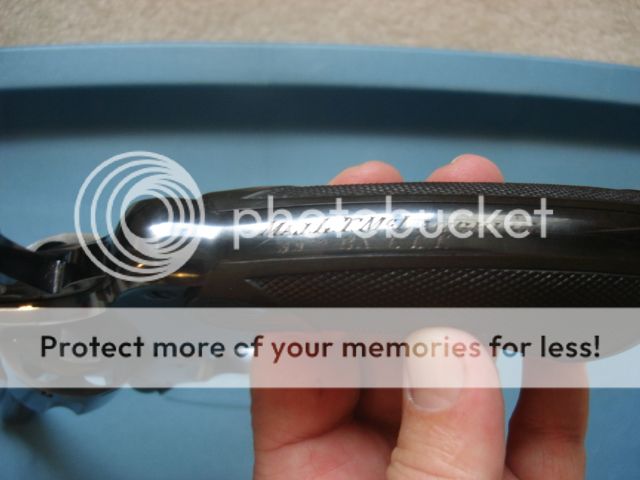
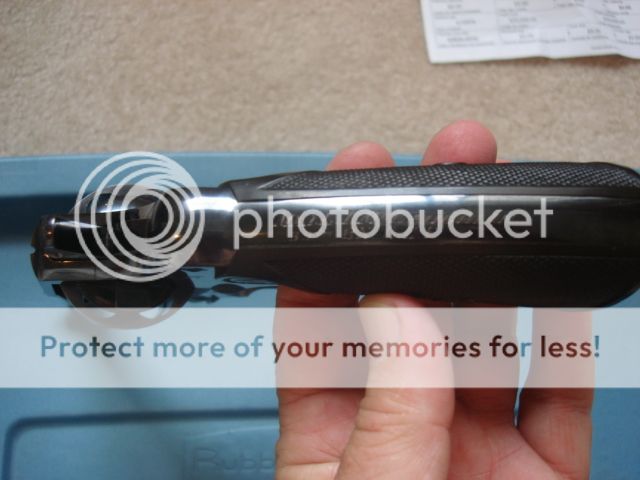
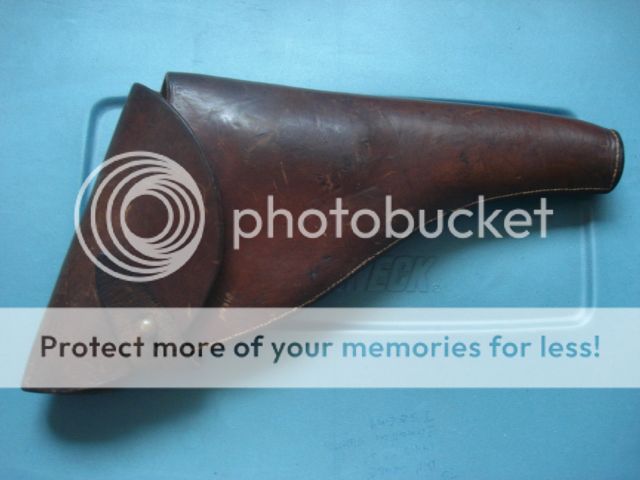
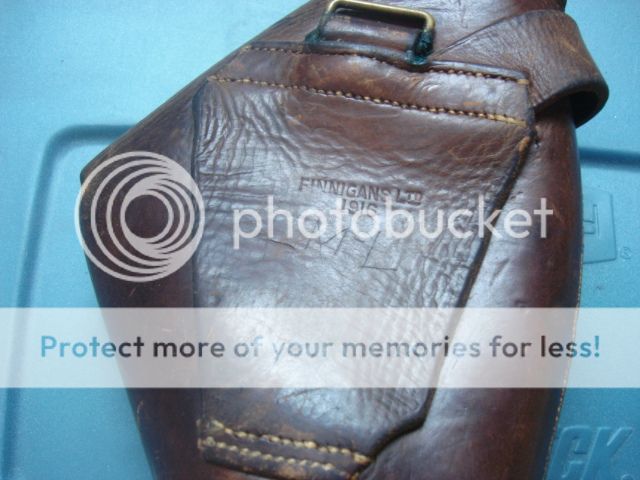
The revolver is in fantastic condition with a 1915 Manufacture date still in the original .455 calibre. The holster that he carved his initials on is 1916 dated so it may have been a replacement at some point in the war.
Enjoy






Last edited:






































































